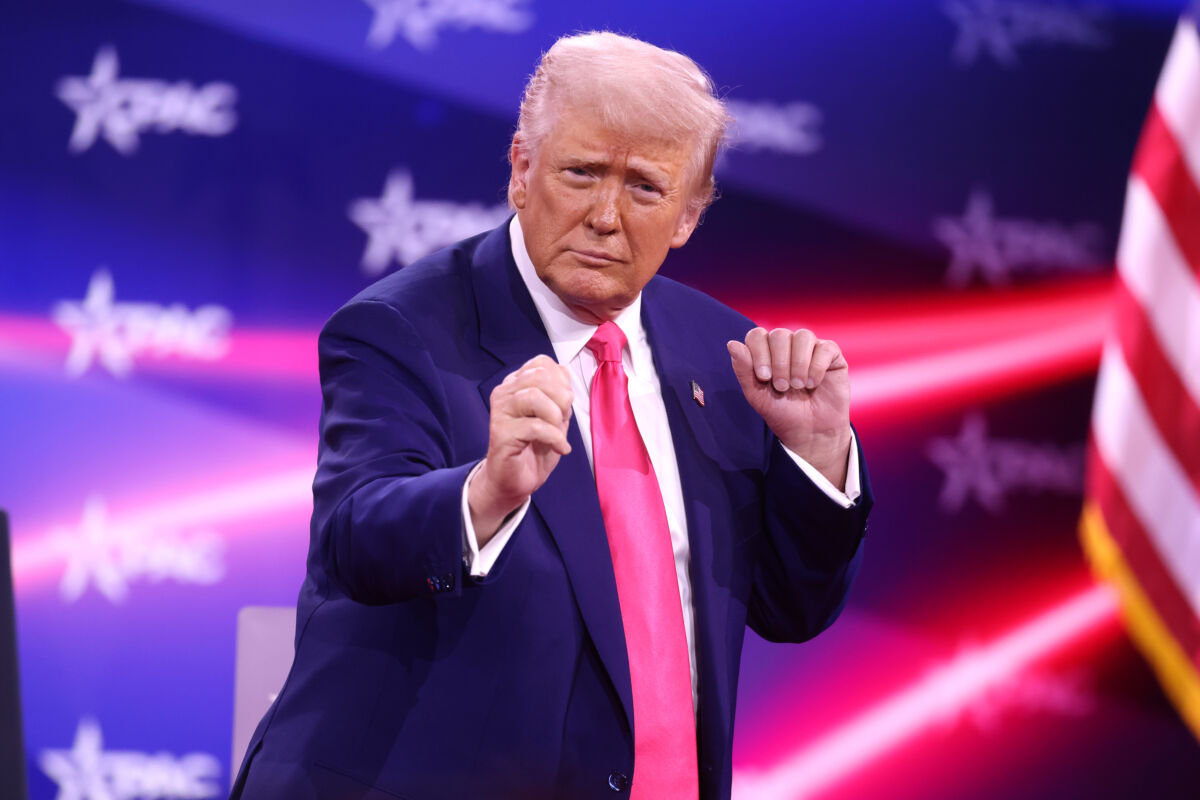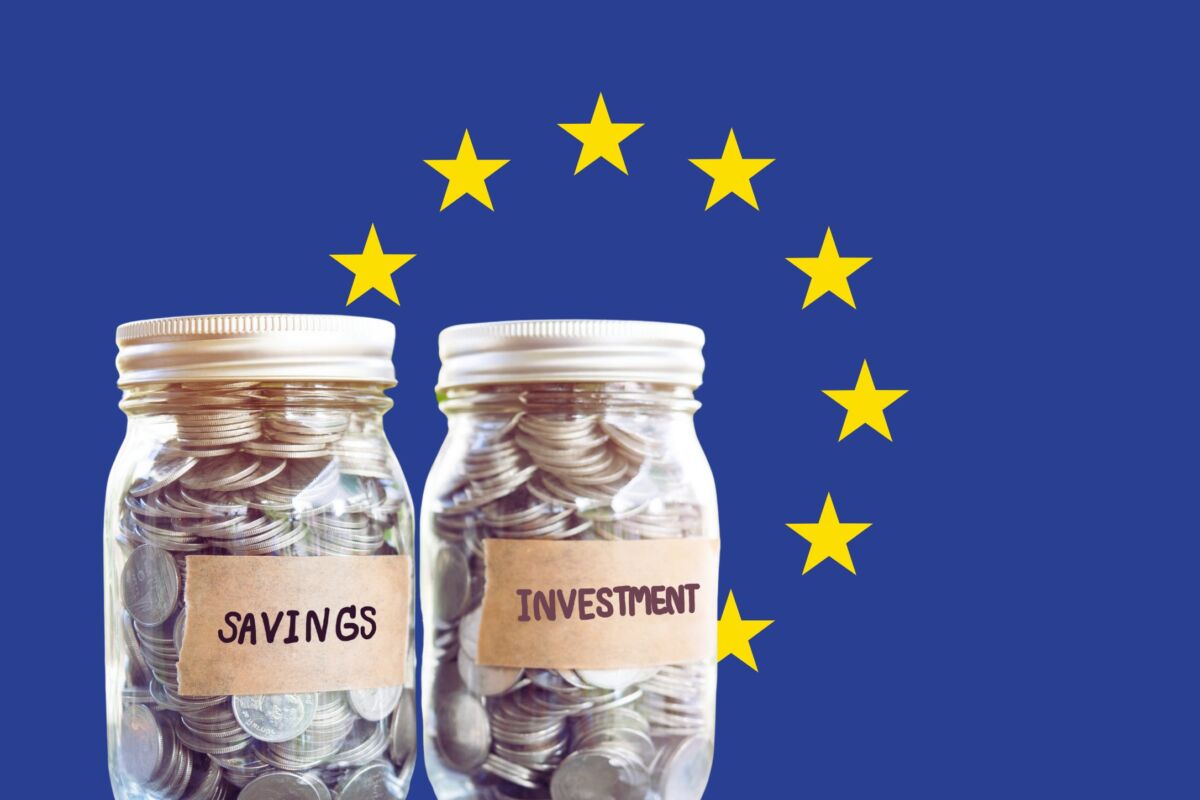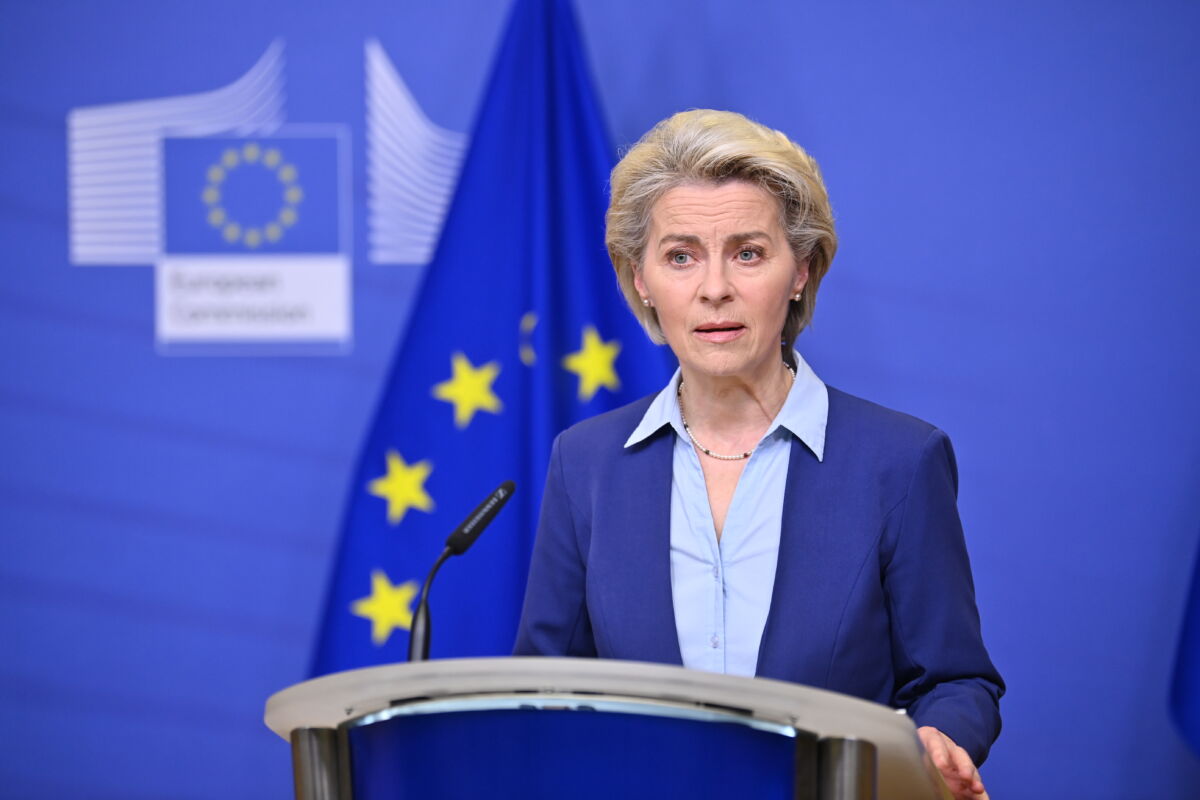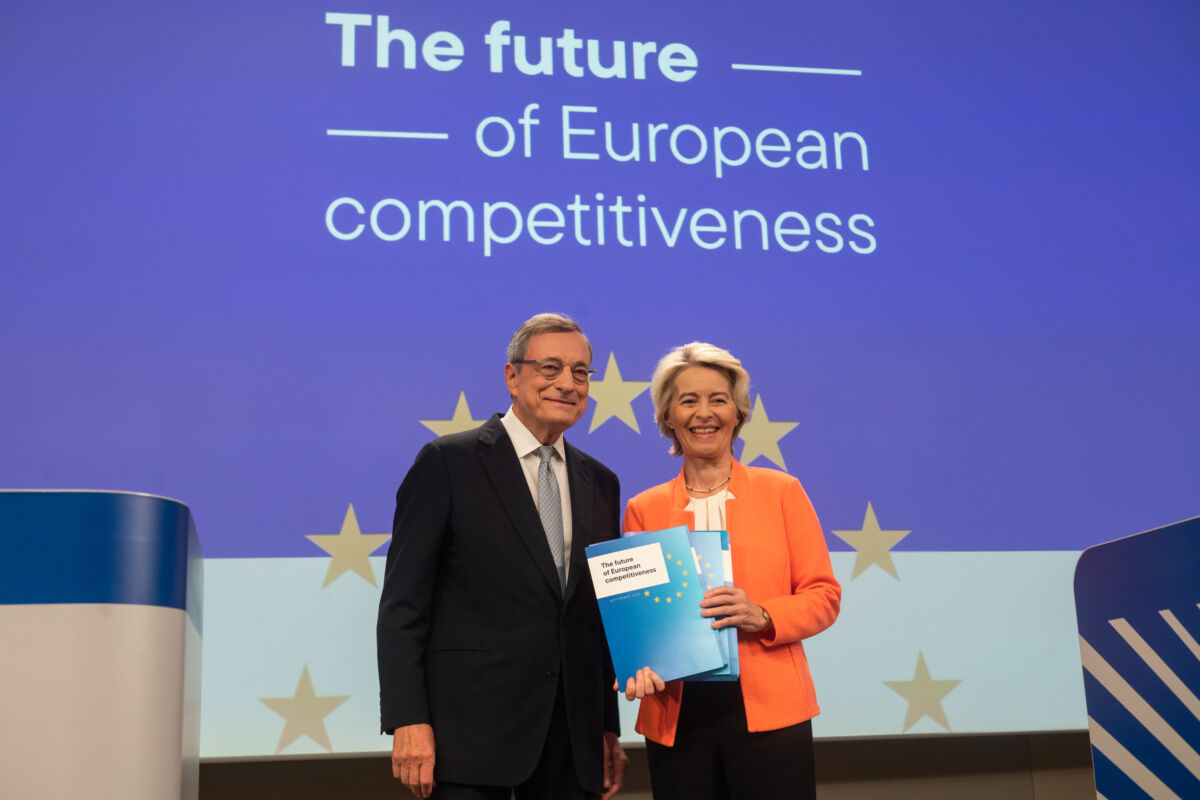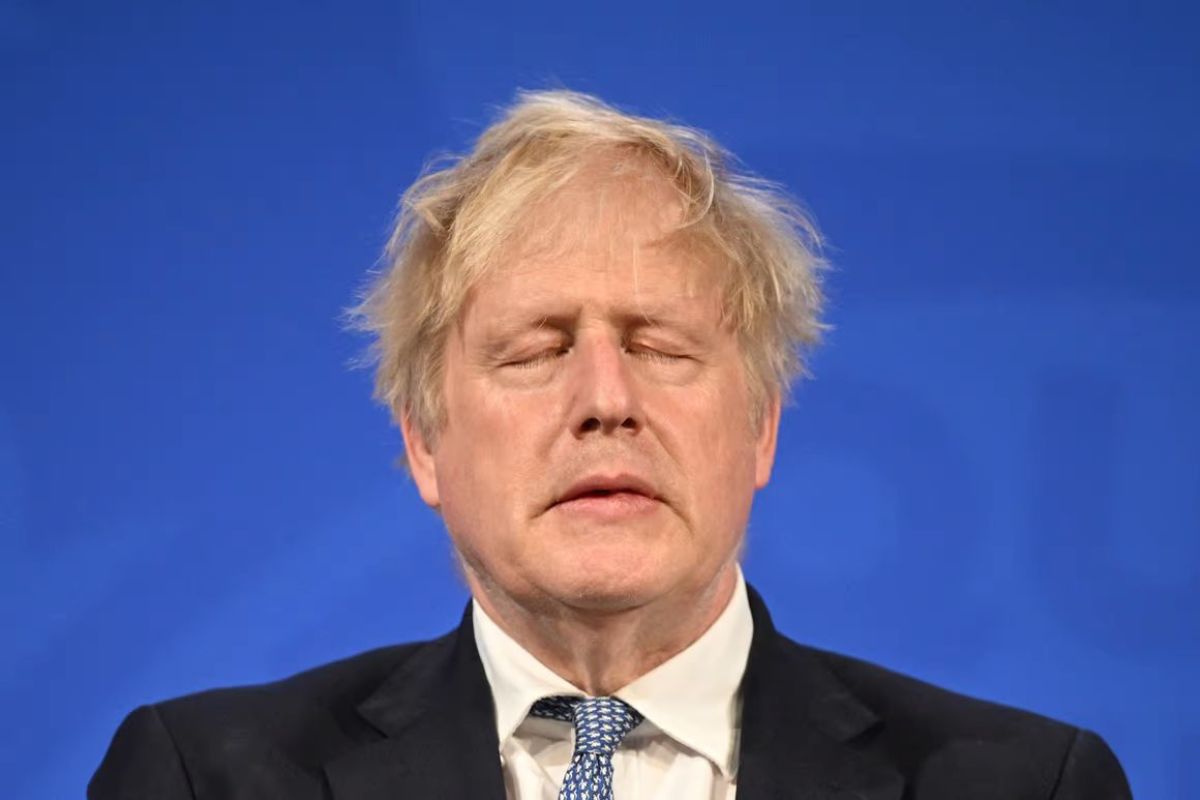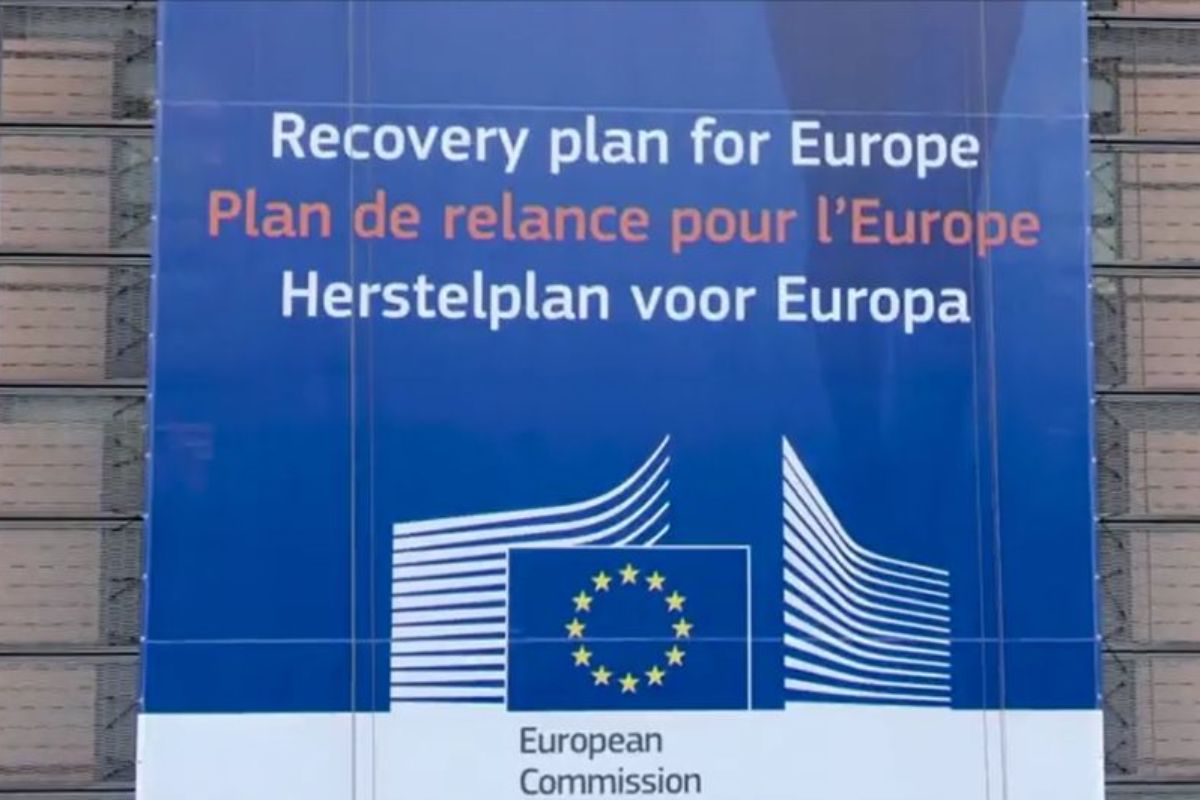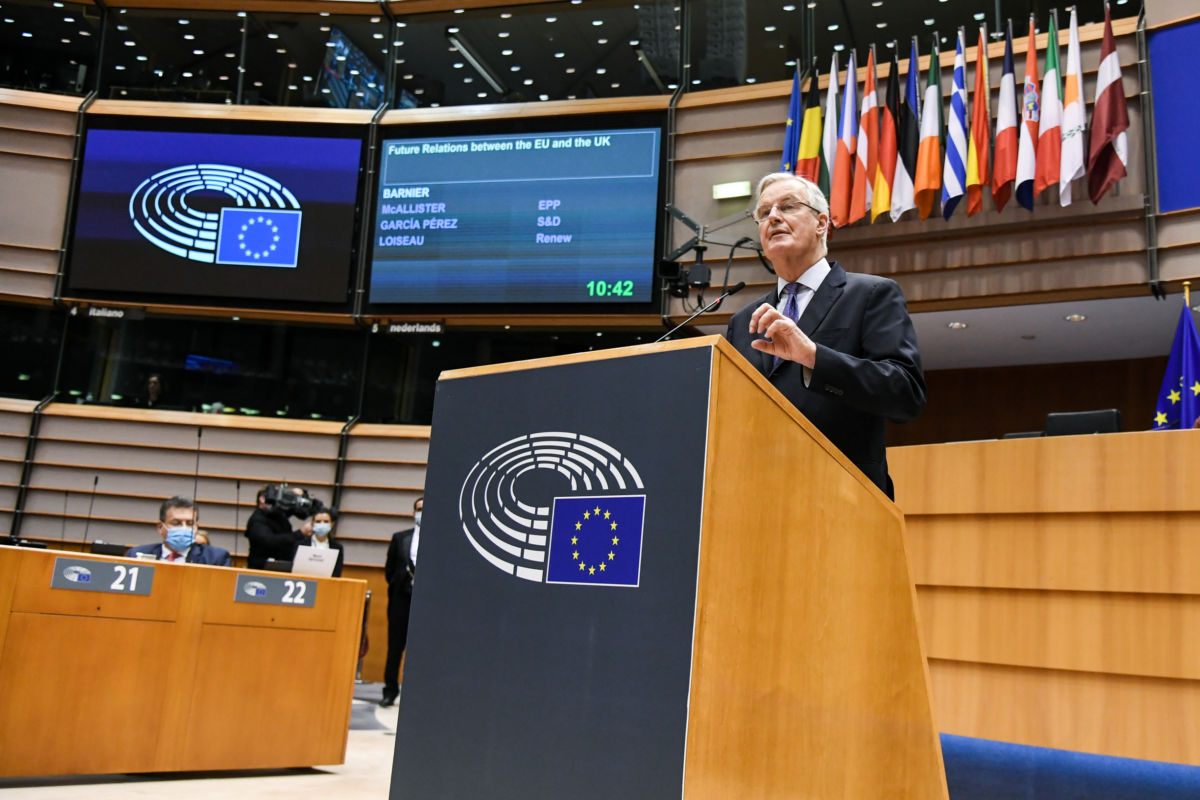After months of uncertainty and escalating rhetoric, a new EU-US trade deal has finally been announced. Under the deal, a 15% US tariff will apply to most EU imports, including cars, pharmaceuticals and semiconductors. This is higher than the 10% rate applied to most imports from the EU since April, but lower than the 30% tariff President Trump had threatened just days earlier. A 50% tariff remains on steel and aluminium, with further negotiations expected in those sectors.
In return, the EU has committed to eliminating existing sectoral tariffs, notably the 10% duty on car imports. The deal also includes an EU pledge to purchase more US gas (USD 750 billion by 2028), along with an unspecified amount of military equipment, and to raise its overall investment in the US by USD 600 billion.
The deal has been widely criticised on the European side, viewed by some as a weak EU capitulating to Trump’s demands, unable to mount an effective response. While that perception is difficult to counter, the reality is much more complex and nuanced.
A bad deal for the EU but…
This is a bad deal for the EU but still a positive development, compared to the threat of 30% tariffs and a transatlantic trade war. Alas, compared to a world without tariffs – where the EU was just months ago – it’s indeed a big step backwards.
The deal also appears worse than what the UK managed to secure – a 10% tariff. But in Trumpian logic, the UK deal was easy to achieve and sell. The UK runs a goods trade deficit with the US; it’s not a US target.
In contrast, the EU-US deal was always presented as key for Trump. The outcome falls short of the EU’s zero-tariff proposal, strongly reflects US interests and gives the impression that the EU was pressured into concessions (an impression reinforced by the tone of Trump and Commission President Ursula von der Leyen’s joint press conference).
The current US government has systematically relied on its hegemonic power and hasn’t hesitated to use coercion to extract favourable terms from trading partners – the EU included. Besides the specific deal, this strategy raises serious concerns about fairness in international relations, predictability in global trade and – above all – the US’ credibility as a trusted partner.
A deal… but not quite an agreement
It’s worth noting that the deal isn’t a fully fleshed-out trade agreement but, for the time being, one of the many symbolic political deals Trump has announced in recent months. Yet it’s not meaningless. It pauses what could have escalated into a full-scale transatlantic trade war and defuses a major source of volatility and anxiety.
That said, the real challenge lies ahead – hammering out the details. Without legally binding documents, the door remains open to misinterpretation. We’ve seen this play out recently with the US-Japan agreement, hastily concluded a few days ago, and already sparking differing interpretations. The same could easily happen with the EU-US deal.
Further complicating things is that the deal goes beyond traditional trade. Until (or unless) the pledges for the large-scale purchases and investments – challenging to deliver for both sides – are formalised into binding contracts (which would involve private sector actors), they aren’t enforceable commitments.
Uncertain economic impacts
Despite its political importance, the trade deal’s economic impact is difficult to predict, both for the US and the EU. It’s worth recalling that tariffs distort trade and increase costs for both sides. Most estimates suggest larger losses and higher prices in the US than in the EU. The estimated GDP fall for the EU typically ranges from 0.2% to 0.8%, depending on the scale of the tariffs and the EU’s response. The fall also won’t hit Member States equally.
Countries like Germany, Italy and Ireland – whose exports to the US are significant – will be disproportionately affected. So will sectors like automotive, industrial machinery and agriculture. Yet, ultimately, the tariff pass-through, or how far tariffs will result in higher prices for US consumers/buyers, will determine the outcome. In some cases, EU exporters may absorb some or all the costs to preserve their market share. In others, the tariff may be fully passed on, leading to potentially reduced demand but higher US prices. The balance between the two options will vary across products and sectors and will determine the final impact on the economy.
The exchange rate will also contribute to the final impact. The euro’s recent appreciation, compounded by tariffs, further undermines the EU’s competitiveness in the US market, but it may not last. One silver lining is that US consumption remains robust, buoyed by the extraordinary performance of the US stock market, which boosts households’ income and spending power. This may cushion the demand for EU goods… at least for now.
Coming up next – uncertainty and potentially some new demands
While this deal brings a temporary sense of calm, we need a formal agreement to establish long-term certainty. But even that may not be enough. Trump has shown his readiness to revisit or walk away from the agreements he’s signed. The USMCA agreement illustrates how quickly American trade policy can shift.
Internally, the EU will face mounting pressure to compensate industries for losses incurred from the higher tariffs. Such calls should be firmly rejected. Doing this would shift the burden of US tariffs from American consumers to European taxpayers. That would not only be economically inefficient but would also hand Trump his greatest victory.
The deal is being widely perceived as a big political win for Trump and a defeat for the EU, negatively affecting its image, domestically and worldwide. Unfortunately, this interpretation ultimately praises and legitimises an approach based on aggression and coercion, rewarding tactics that undermine trust and cooperation. Sadly, tariffs, long discredited as a blunt and damaging economic tool, are now being recast as effective policy instruments, which the EU should also wield. It’s astonishing how, in only a few months, Trump has managed to frame such a confrontational strategy and unsound economic policies as a success – even with Europe. It’s simply self-defeating.
That said, the jury is still out on the economic consequences. For the EU, it’s yet another crucial reminder of the urgent need to rethink its strategy vis-à vis the US, beyond trade. Reducing its dependence, diversifying economic partnerships and strengthening internal coordination will be essential if the EU wants to avoid being held hostage during similar future power plays.







